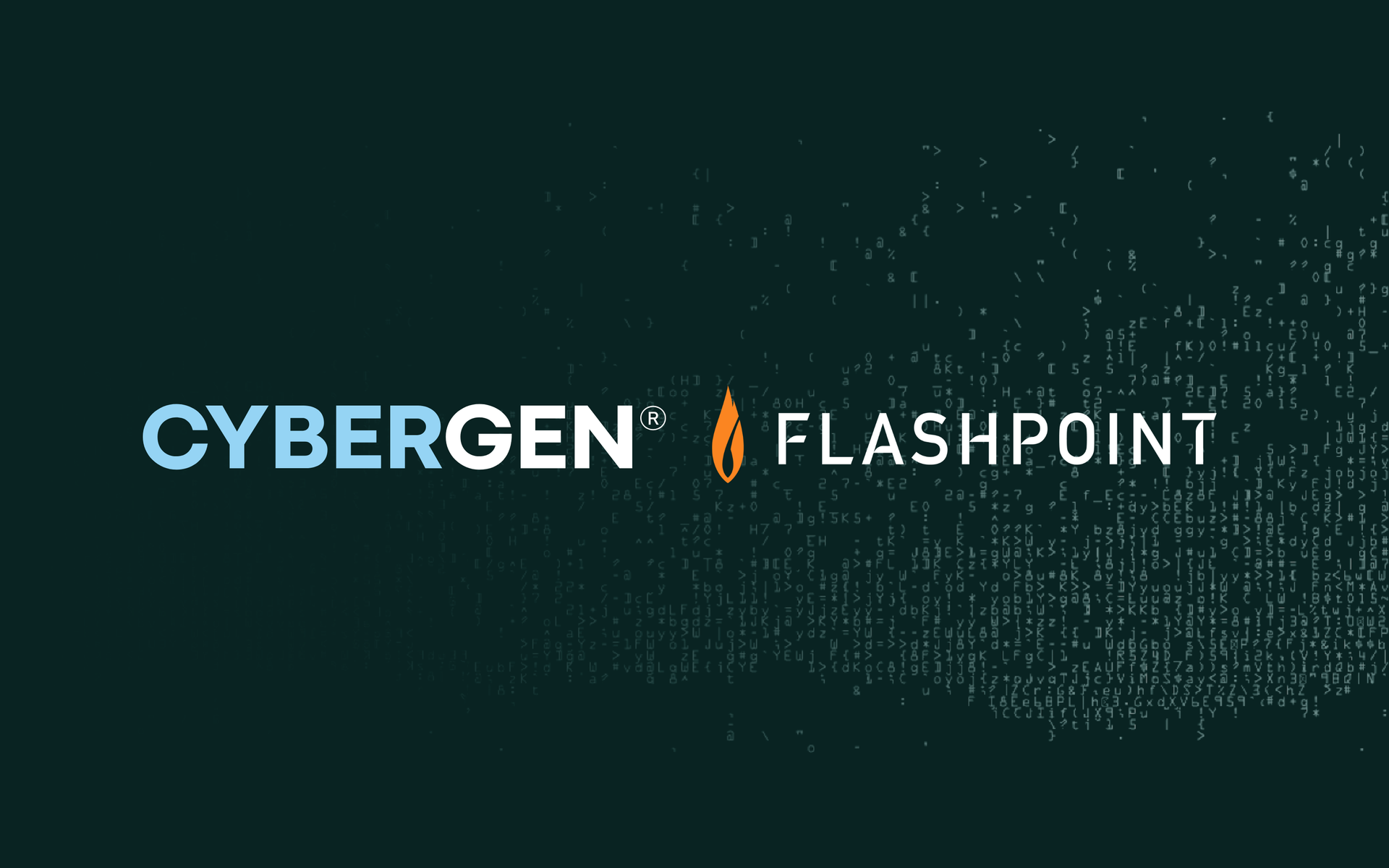Legal Aid Providers: Are You Ready for December’s Cyber Essentials Deadline?
Introduction
The legal sector is entering a new era of digital accountability. With cyberattacks on the rise and regulators tightening requirements, cybersecurity has become a central concern for law firms across the UK. For legal aid providers in England and Wales, the pressure is mounting. A significant deadline looms in December 2025, when Cyber Essentials certification becomes mandatory for any organisation delivering publicly funded legal work.
This blog is for legal professionals, compliance officers, and IT administrators working in legal aid environments. It aims to demystify the Cyber Essentials scheme, explain why it matters now more than ever, and provide a clear action plan to help your organisation meet the deadline confidently.
What Is Cyber Essentials and Why Does It Matter?
Cyber Essentials is a government-backed certification that outlines basic steps organisations must take to protect themselves against common cyber threats. It was launched by the UK National Cyber Security Centre (NCSC) to improve national cyber hygiene and protect critical infrastructure from increasingly sophisticated attacks.
Think of Cyber Essentials as a set of five fundamental controls for your digital perimeter:
- Secure your internet connection
- Protect your devices and software
- Control access to data and services
- Protect against viruses and malware
- Keep your devices and software up to date
For a legal aid provider, Cyber Essentials is more than a technical checklist. It is a formal indication to the Legal Aid Agency (LAA) that your firm can be trusted with sensitive client information. In other words, it is proof that your practice takes data protection seriously.
A useful analogy is that of a car MOT. Just as your car must pass basic safety checks each year, your IT systems must now meet a defined security standard. Without this certification, you risk being excluded from new contracts and may even lose your eligibility for existing ones.
With ransomware attacks targeting law firms increasing by over 60 percent since 2022 (Law Society, 2024), the stakes are no longer hypothetical. Compliance is now essential not only for eligibility but for survival.
Understanding the December 2025 Deadline
The Legal Aid Agency has updated its Data Security Requirements to include mandatory Cyber Essentials certification for all contract holders by December 2025. This change affects all firms delivering publicly funded legal services, from small non-profits to larger practices with multiple contracts.
Failure to meet the requirement will have direct consequences:
- Ineligibility to apply for new legal aid contracts
- Termination of existing legal aid agreements
- Reputational damage
- Exposure to financial penalties in the event of a breach
The LAA has stated clearly that no extensions will be granted. Organisations must act now to assess their readiness, address compliance gaps, and obtain certification in time. The earlier you begin, the smoother the process will be.
Why Legal Aid Providers Face Heightened Cyber Risks
The Value of Legal Data
The legal sector handles some of the most sensitive information of any industry. From client financials and criminal histories to court documents and immigration records, the data held by legal aid providers is deeply personal and often irreplaceable. If such information is leaked, altered, or lost, the consequences extend far beyond inconvenience. It can lead to reputational damage, regulatory penalties, loss of client trust, or even a collapse in service delivery.
Unlike financial or retail sectors, where data breaches typically involve credit card details or login credentials, a breach in legal services can compromise someone’s safety, legal rights, or future outcomes. That makes legal firms particularly attractive targets for cybercriminals.
Outdated IT Systems
Many legal aid providers operate with limited funding and often rely on legacy IT infrastructure. These systems may no longer receive security updates or support from manufacturers, leaving known vulnerabilities exposed to exploitation. Unsupported software, especially older versions of Windows or open-source platforms, becomes a gateway for hackers who specialise in targeting such weaknesses.
Additionally, outdated systems lack integration with modern security tools like endpoint detection or automated patch management, further compounding risk.
Gaps in Staff Training
Even the most sophisticated security tools cannot prevent a data breach if staff are unaware of basic cybersecurity principles. Legal professionals are trained in law, not digital defence. Without regular, tailored cybersecurity training, staff may inadvertently click on phishing links, reuse passwords, or mishandle client data online.
Awareness training is often seen as a luxury rather than a necessity. But in reality, it is one of the most cost-effective ways to improve security. Even basic education around phishing and secure password practices can drastically reduce your organisation’s risk profile.
Budget Pressures and Skill Gaps
Legal aid organisations frequently work under tight financial constraints, making it difficult to justify investing in dedicated IT or cybersecurity professionals. Many rely on part-time consultants or volunteers who may lack specialised knowledge in cyber defence. This makes proactive risk management a challenge and often results in reactive, rather than preventive, security efforts.
False Sense of Security
Because legal aid providers are not commercial businesses, there is often a belief that they are unlikely targets. This false sense of security leads to complacency. In truth, attackers often seek out exactly these types of organisations—those that are rich in data but poor in defence.
One prominent example is the 2023 breach at a London-based community legal centre.
Attackers exploited an unpatched vulnerability in a remote desktop tool, gaining access to client case files and staff communications. Although the breach did not lead to direct financial loss, the reputational damage was severe. Several clients withdrew from ongoing cases, and the firm faced increased scrutiny from the Information Commissioner's Office (ICO).
Without Cyber Essentials controls in place, similar breaches are not only possible but likely.
Steps to Strengthen Your Cyber Hygiene
Begin with Internet-Facing Systems
Your internet-facing systems are the digital front door to your organisation. This is where many cyberattacks begin. Start your cybersecurity overhaul by conducting a thorough review of your network perimeter. Check that all firewalls are correctly configured to filter incoming and outgoing traffic. Disable or close any ports that are not essential to daily operations, as these can be exploited by attackers looking for vulnerabilities.
Routers and firewalls should be running the latest firmware, and default passwords must be changed. Use secure configurations across all routers and ensure wireless networks are properly encrypted. Often, simply auditing and updating these basic configurations can prevent opportunistic attacks.
Strengthen Access Controls
Access control is the backbone of cyber hygiene. Legal aid providers must take extra precautions due to the sensitivity of the data they manage. Begin by enabling two-factor authentication (2FA) for all administrator accounts and any remote access points. This adds an extra layer of security even if passwords are compromised.
Next, conduct a privilege review. Ensure that employees only have access to the data and systems necessary for their specific role. For example, an administrative assistant should not have access to confidential case notes or financial data unless it is essential for their job. This principle of least privilege minimises the damage that can occur if an account is compromised.
You should also create separate user accounts for administrative tasks. Shared or generic logins should be eliminated. Clear policies on account creation, modification, and deletion are vital to ensure that only current, verified users can access systems.
Protect Against Malware and Viruses
One of the most common ways that attackers infiltrate organisations is through malware—malicious software designed to disrupt, damage, or gain unauthorised access to systems. To combat this, install centrally managed antivirus or endpoint protection software across all devices in your network. A centrally managed solution allows IT administrators to monitor the health of all systems, push updates, and react to threats quickly.
Ensure that your antivirus software is kept up to date and includes behaviour-based detection capabilities to catch new, previously unidentified threats. Some antivirus solutions also provide firewall control and web filtering, which can block access to malicious websites or unsafe downloads.
Regular scans should be scheduled, and alerts must be configured so that suspicious activities are detected and acted upon promptly. While antivirus is not a silver bullet, it is a critical component of your cybersecurity defences.
Prioritise Patch Management
Unpatched software is one of the leading causes of data breaches. Cybercriminals often scan the internet for systems running outdated or vulnerable software, then exploit known weaknesses. To prevent this, make patching a regular and non-negotiable routine.
Ensure that operating systems, software applications, and third-party tools are updated weekly, or as soon as security patches are released. Use automated update tools wherever possible, especially on user endpoints where manual updates may be delayed or overlooked.
Patching should not be limited to desktops and laptops. Mobile devices, printers, and even smart office equipment should be included in your patch management strategy. Keep an inventory of all digital assets to track update status and schedule reviews to ensure nothing is missed.
Raise Staff Awareness Through Training
The human element is often the weakest link in cybersecurity. A well-configured firewall cannot protect your organisation if an employee clicks on a malicious link in a phishing email. That’s why training is just as important as technology.
Create a training programme that is short, engaging, and relevant. Avoid technical jargon and focus on real-world scenarios. Teach staff how to identify suspicious emails, the dangers of downloading unknown attachments, and why using strong passwords matters.
Make training part of your onboarding process and run refresher sessions at least quarterly. Many organisations use simulated phishing attacks to test staff awareness and reinforce good practices. Staff should also know how to report suspicious activity immediately so action can be taken before damage spreads.
Use a Recognised Framework
While there are many approaches to improving cybersecurity, starting with Cyber Essentials is both practical and strategic. The scheme offers clear, achievable controls specifically designed for UK organisations. It is recognised by government bodies and the Legal Aid Agency, making it the most relevant framework for compliance.
For organisations seeking to go beyond the basics, frameworks like the NIST Cybersecurity Framework or ISO 27001 offer more advanced structures. These can help legal aid providers mature their security posture over time. However, Cyber Essentials is often the best starting point, especially for smaller or resource-constrained organisations, because of its simplicity and clarity.
Certification Without Confusion: How Cybergen Can Help
Cybergen Security offers tailored support for legal aid providers navigating the Cyber Essentials process. Unlike generic cybersecurity consultancies, Cybergen understands the specific challenges faced by firms in the legal sector.
Their services include:
- Initial readiness assessments
- Gap analysis reporting
- Guidance on technical implementation
- Submission support and certification management
For organisations without in-house IT departments, Cybergen provides hands-on assistance with securing networks, configuring systems, and documenting controls. For larger firms, they can coordinate with internal teams to streamline the audit process.
Importantly, Cybergen acts not only as a vendor but as a partner. Their goal is not simply to help you pass the Cyber Essentials assessment but to build long-term cybersecurity resilience.
Learn more about their services for legal aid providers at
Why Now Is the Time to Act
Many legal firms make the mistake of waiting until the final months before a compliance deadline to start their preparations. This almost always leads to delays, frustration, and rushed decisions.
Cyber Essentials certification takes time. If you need to make changes to your IT infrastructure or policies, these must be implemented and tested before submission. Certification bodies also get busier in Q4, meaning scheduling assessments can take longer than expected.
By starting now, your organisation can:
- Spread out costs over several months
- Avoid stress and resource strain
- Implement best practices gradually
- Build staff awareness and support
Remember that Cyber Essentials is not just about passing an audit. It is about creating a culture of security and responsibility that protects your firm and your clients in the long term.
What Cybergen Recommends
Based on years of experience supporting the legal sector, Cybergen recommends a three-phase approach:
1. Discover: Start with an internal assessment of your current controls. Use a structured checklist to identify what is already in place and where improvements are needed.
2. Implement: Prioritise high-risk gaps first. Update firewall rules, patch unsupported software, and deploy antivirus tools where needed.
3. Certify: Once controls are in place and staff are trained, submit your application through a certified body. Cybergen can manage this process on your behalf to ensure a smooth experience.
If your organisation prefers a hands-off approach, Cybergen also offers fully managed certification packages.
The Cybergen Approach
Cybergen Security was founded to help organisations like yours take control of their digital security. They are committed to making cybersecurity understandable, accessible, and actionable.
Their approach is built on three pillars:
- Expertise: Deep knowledge of Cyber Essentials and legal-sector challenges
- Empowerment: Tools and training that upskill your internal teams
- Partnership:
Ongoing support, not just one-off audits
Summary
Cyber Essentials is no longer optional. For legal aid providers, it is now a core part of eligibility and compliance. But more than that, it is a crucial safeguard for your clients, your data, and your professional reputation.
The December 2025 deadline may feel distant, but time moves quickly. Starting today will save you time, stress, and potentially serious consequences down the line.
With the right support, certification can be smooth and affordable. Cybergen is ready to help you every step of the way.
Ready to strengthen your security posture? Contact us today for more information on protecting your business.
Let's get protecting your business
Thank you for contacting us.
We will get back to you as soon as possible.
By submitting this form, you acknowledge that the information you provide will be processed in accordance with our Privacy Policy.
Please try again later.








